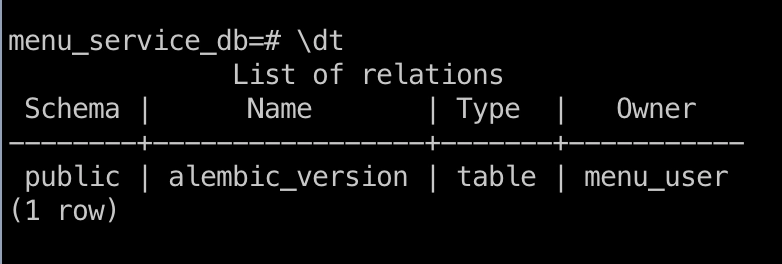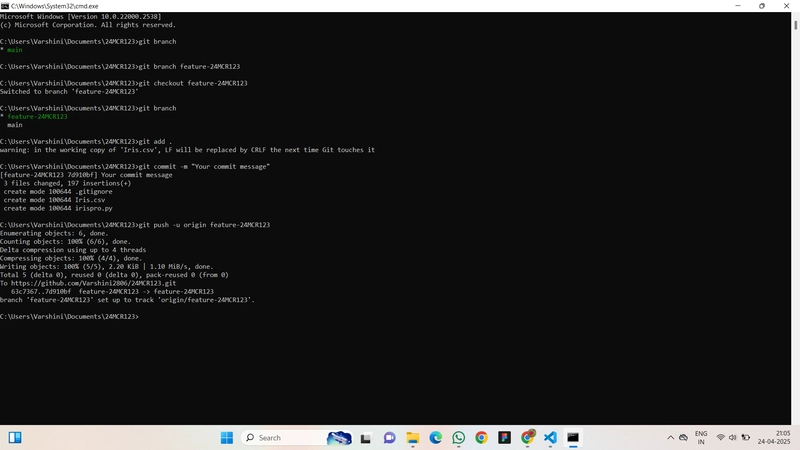Master Basic List Operations in Python Without Using Built-in Methods in Python (Part 2)
In this part of the series, we continue exploring how to work with lists in Python without relying on built-in functions. These kinds of exercises are great for building strong problem-solving skills and a deeper understanding of data structures and algorithms. Problem One: Count the Frequency of the Smallest Element Task: You are given an array of integers. Write a function that returns the number of times the smallest element appears in the array. Note: Do not use min() or count(). Try to solve this with a single list traversal. Breakdown: If the list is empty, return 0. Initialize the smallest value with float('inf') and set a counter to 0. Traverse the list: If the current number is smaller than the smallest, update the smallest and reset the counter to 1. If it's equal to the smallest, increment the counter. def count_min(numbers): if not numbers: return 0 smallest = float('inf') count = 0 for num in numbers: if num largest: second_max = largest largest = num elif num > second_max and num != largest: second_max = num if second_max == float('-inf'): return None return second_max Final Thoughts Mastering these kinds of operations without relying on Python’s built-ins forces you to think like a computer and truly understand how things work under the hood. This knowledge becomes invaluable when working on more complex applications or preparing for coding interviews.

In this part of the series, we continue exploring how to work with lists in Python without relying on built-in functions. These kinds of exercises are great for building strong problem-solving skills and a deeper understanding of data structures and algorithms.
Problem One: Count the Frequency of the Smallest Element
Task: You are given an array of integers. Write a function that returns the number of times the smallest element appears in the array.
Note: Do not usemin()orcount(). Try to solve this with a single list traversal.
Breakdown:
- If the list is empty, return
0. - Initialize the smallest value with
float('inf')and set a counter to0. - Traverse the list:
- If the current number is smaller than the smallest, update the smallest and reset the counter to 1.
- If it's equal to the smallest, increment the counter.
def count_min(numbers):
if not numbers:
return 0
smallest = float('inf')
count = 0
for num in numbers:
if num < smallest:
smallest = num
count = 1
elif num == smallest:
count += 1
return count
Problem Two: Find the Second Largest Number
Task: You are given a list of integers. Write a function that returns the second-largest number.
If there are fewer than two unique numbers, returnNone.
Breakdown:
- First, check if the list has at least two numbers. If not, return
None. - Initialize
largestandsecond_maxtofloat('-inf'). - Loop through the numbers:
- If the number is greater than
largest, updatesecond_maxtolargest, then updatelargest. - If the number is greater than
second_maxand not equal tolargest, updatesecond_max.
- If the number is greater than
- If
second_maxis still-inf, returnNone.
def second_max(nums):
if len(nums) < 2:
return None
largest = float('-inf')
second_max = float('-inf')
for num in nums:
if num > largest:
second_max = largest
largest = num
elif num > second_max and num != largest:
second_max = num
if second_max == float('-inf'):
return None
return second_max
Final Thoughts
Mastering these kinds of operations without relying on Python’s built-ins forces you to think like a computer and truly understand how things work under the hood. This knowledge becomes invaluable when working on more complex applications or preparing for coding interviews.






































































